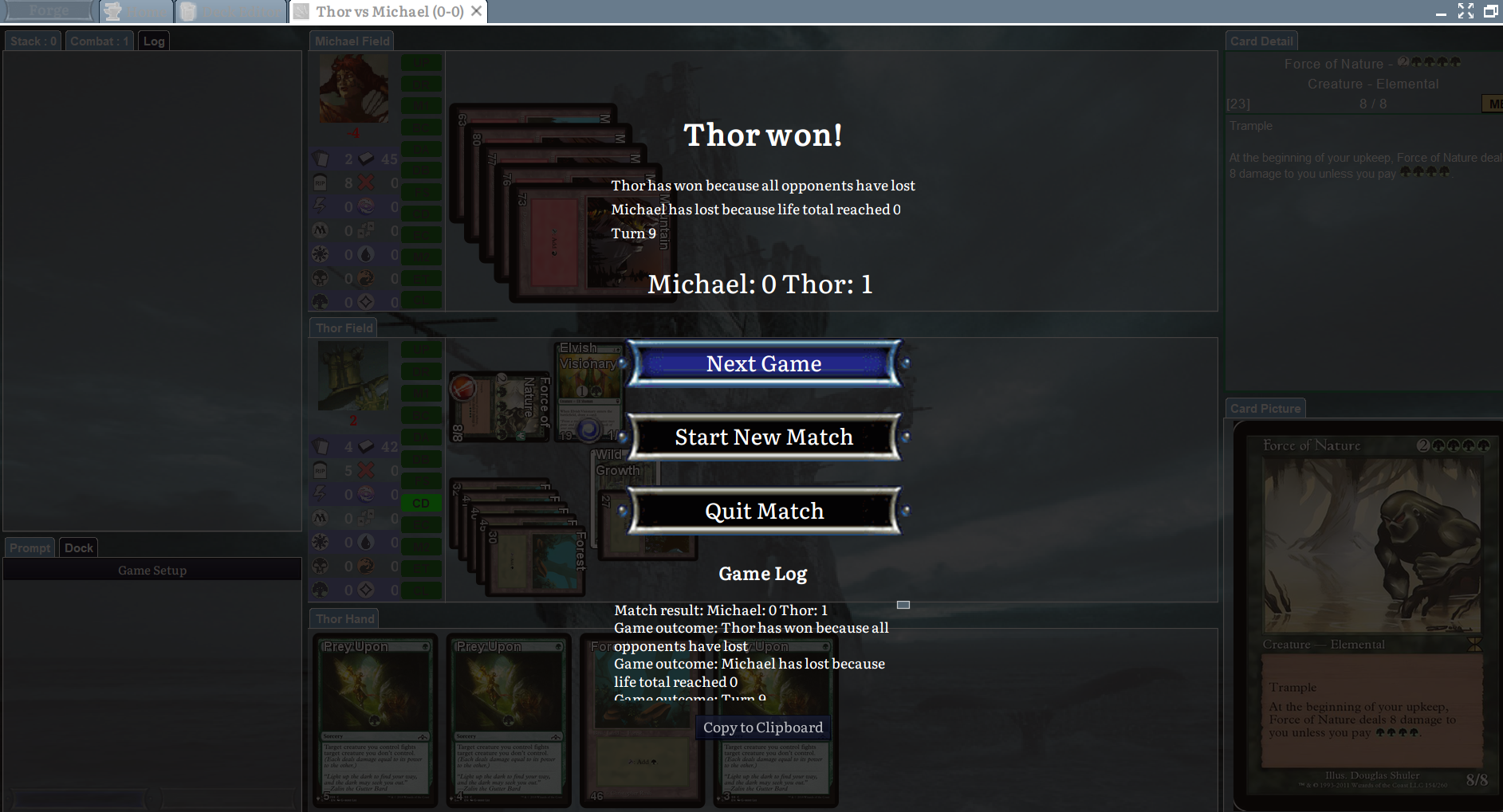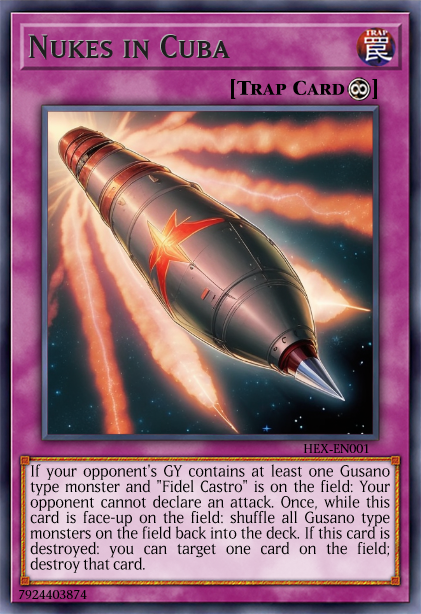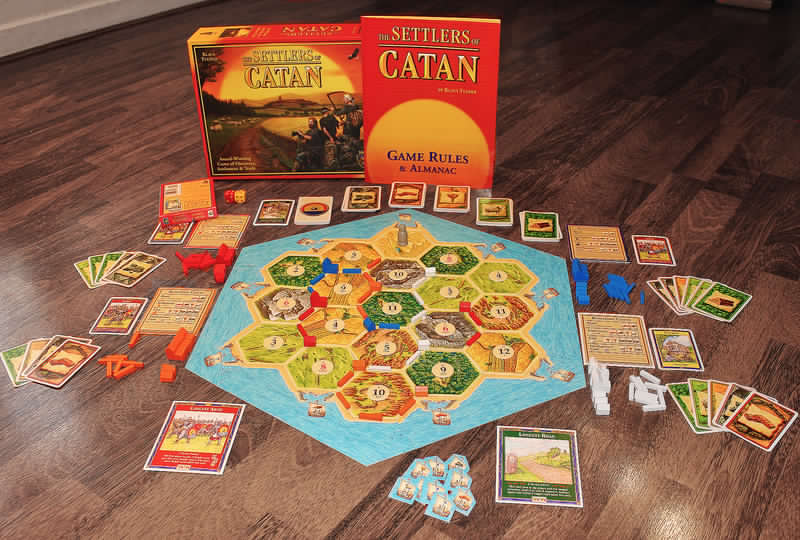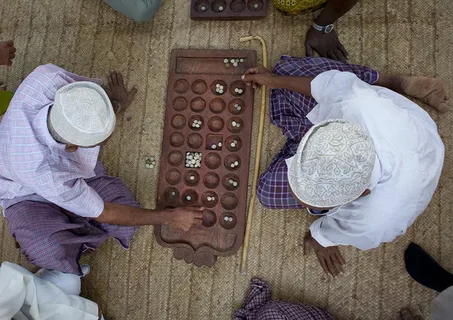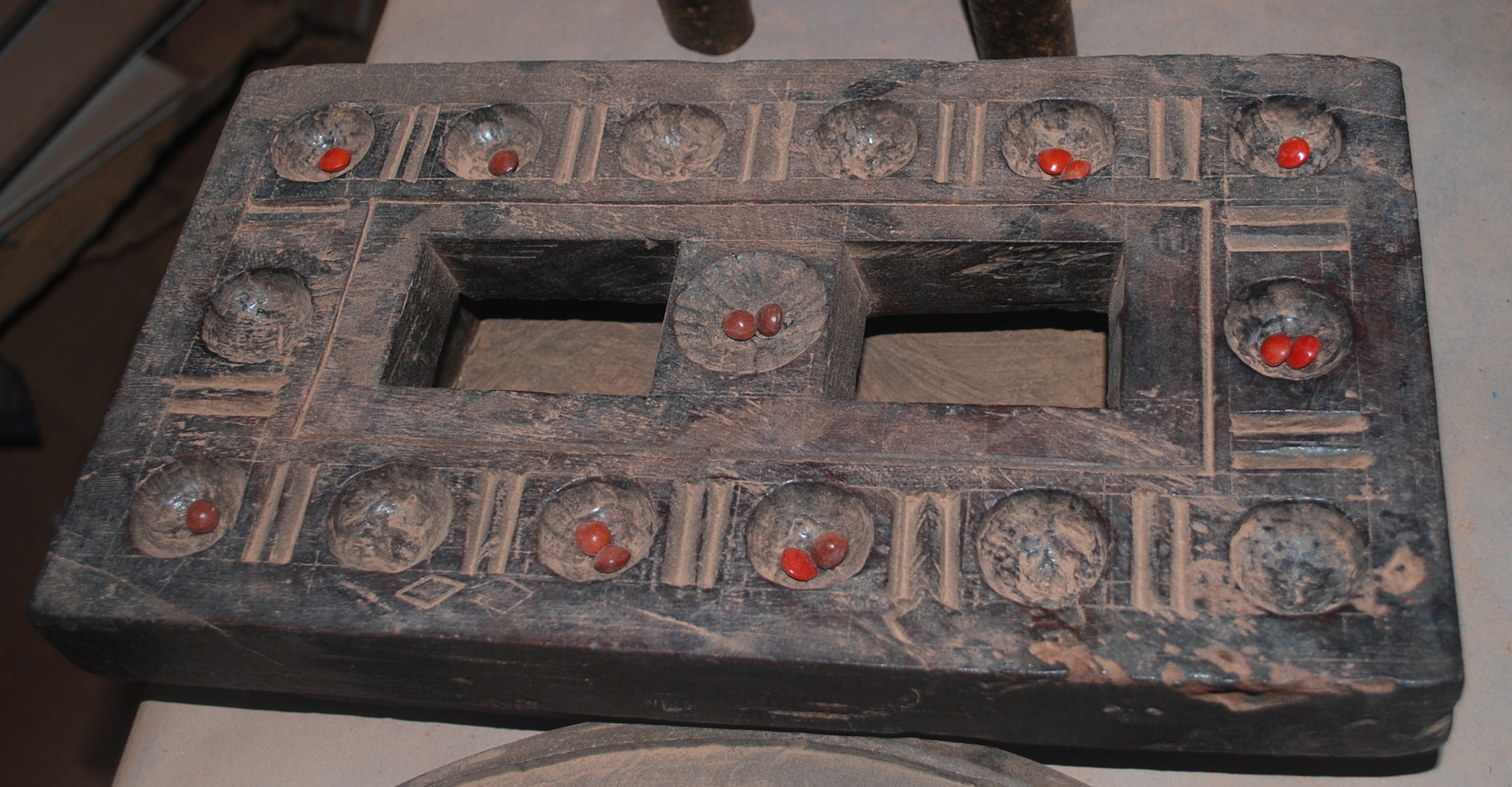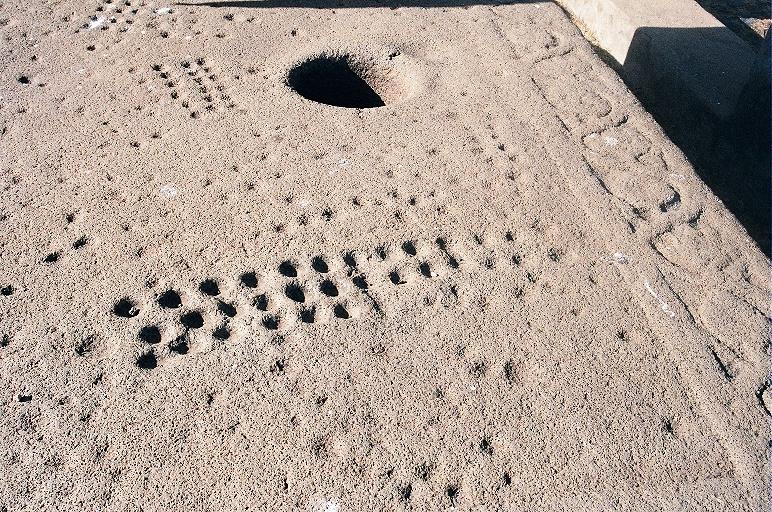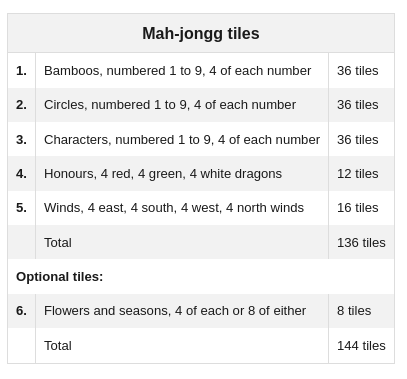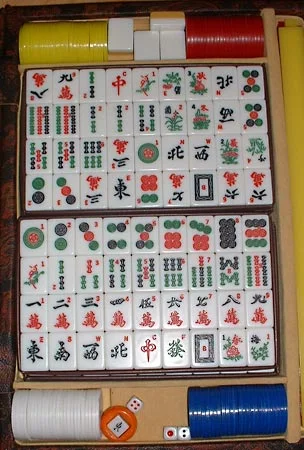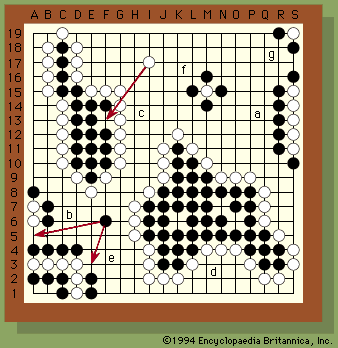https://www.catan.com/sites/default/files/2021-06/catan_base_rules_2020_200707.pdf
Catan, previously known as The Settlers of Catan or simply Settlers, is a multiplayer board game designed by Klaus Teuber.
Players take on the roles of settlers, each attempting to build and develop holdings while trading and acquiring resources. Players gain victory points as their settlements grow and the first to reach a set number of victory points, typically 10, wins.
The players in the game represent settlers establishing settlements on the fictional island of Catan. Players build settlements, cities, and roads to connect them as they settle the island.
The game board, which represents the island, is composed of hexagonal tiles (hexes) of different land types, which are laid out randomly at the beginning of each game.
In 2016, editions of the game were released with a conventional fixed layout board in this configuration, the hexes of which cannot be rearranged.
Players build by spending resources (wool, grain, lumber, brick, and ore) that are depicted by these resource cards; each land type, with the exception of the unproductive desert, produces a specific resource: hills produce brick, forests produce lumber, mountains produce ore, fields produce grain, and pastures produce wool.
On each player's turn, two six-sided dice are rolled to determine which hexes produce resources. Players with a settlement adjacent to a hex containing the number just rolled receive one card of the corresponding resource; cities produce two cards of the corresponding resource.
There is also a robber token, initially placed on the desert; if a player rolls 7, the robber must be moved to another hex, which will no longer produce resources until the robber is moved again.
That player may also steal a resource card from another player with a settlement or city adjacent to the robber's new placement. In addition, when a 7 is rolled, all players with 8 or more resource cards must discard their choice of half of their cards, rounded down.
On the player's turn, the player may spend resource cards to build roads or settlements, upgrade settlements to cities, or buy development cards.
Players can trade resource cards with each other; players may also trade off-island (in effect, with the non-player bank) at a ratio of four-to-one resources for one of any other.
By building settlements adjacent to ports, players may trade with the bank at three-to-one (three of any single resource type) or two-to-one (two of a specific resource) ratios, depending on the port's location.
Players score points for each settlement and city they have. Various other achievements, such as establishing the longest road and the largest army, grant a player additional victory points.
Resource cards can also be spent to buy a development card. There are three different types of development cards, including cards worth one victory point; knight cards, which allow the player to move the robber as if they had rolled a 7 (but without the remove-half rule); and the third set of cards which allow the player one of three abilities when played.
Catan will teach your children and teens unrealistic economic theories that will eventually doom this planet.
Children and teens playing Catan, will grow up thinking that when you use a commodity, it simply goes back into the existing reserves.
When your children play a game that treats natural resources like iron ore are renewable instead of finite resources, they may grow up into climate change deniers or believe pseudoscience like abiogenic oil. Or even worse, they might grow up into economists.
Catan also encourages competition for the limited resources of Catan instead of cooperation among all of the players. Your children and teens will be taught to steal resources from others, engage in hoarding and monopolistic behavior, and negotiate inequitable trade agreements, instead of trying to make Catan a better place for everyone.
Playing with an alternative set of rules seeks to address this. In order to more accurately model a closed system with finite resources, remove resource cards from the game as they are used during gameplay. Your children need to learn the consequences of the downward slope of Peak Brick on the transportation infrastructure of Catan while they are still young.
